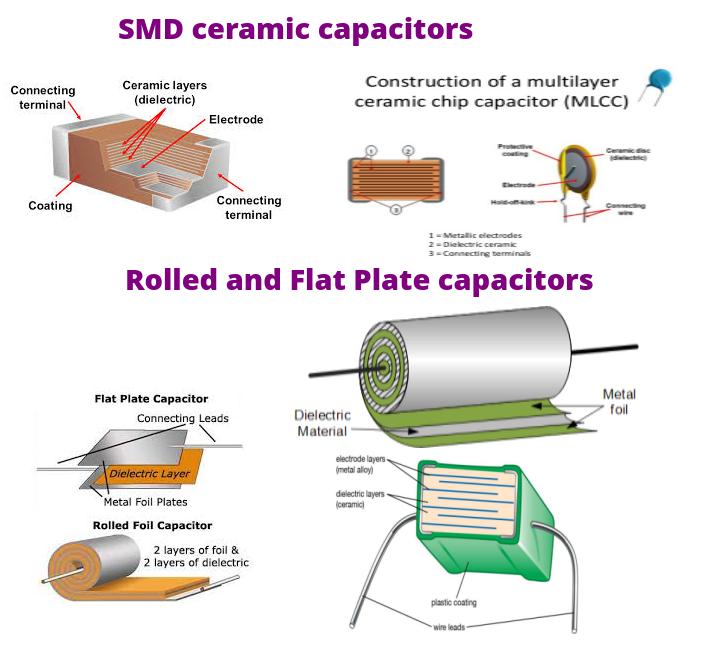Been thinking what I would need to change to detect #9 shot with a 8inch coil. Charted decay curve for #9 shot(TC=.68us) and ground with a -1 and -1.3 decay slope. Now I'm wondering what would be the best timings to GB.
I see the start amplitude for the #9 shot isn't correct, think the slope is correct. Think it should be start amplitude at zero time.
I see the start amplitude for the #9 shot isn't correct, think the slope is correct. Think it should be start amplitude at zero time.



Comment